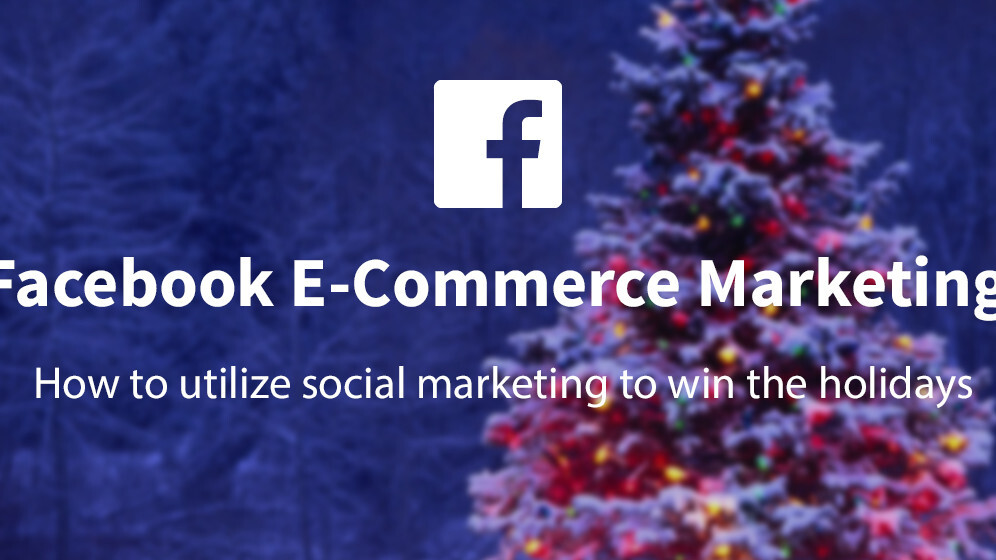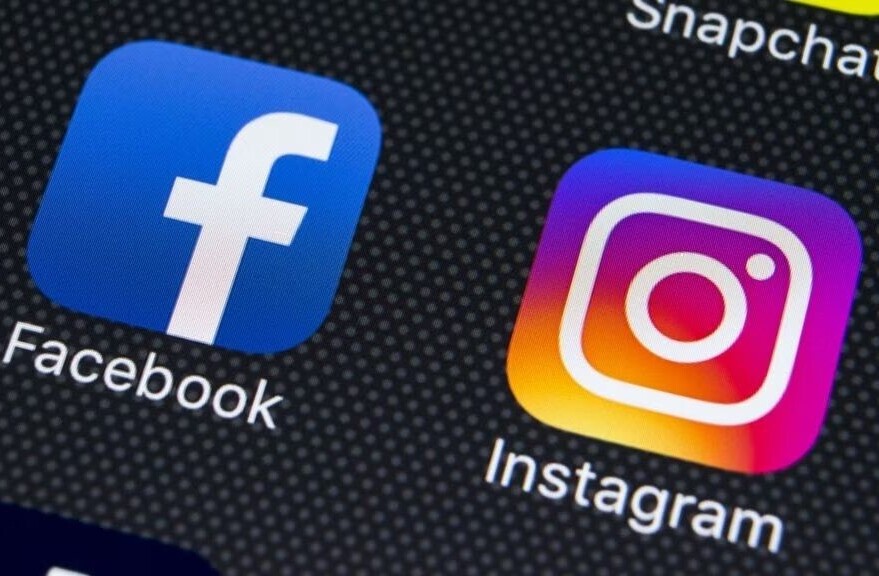
Joey Kotkins is the CMO & Co-Founder of Inside Social.
The 2014 holiday season will break every digital marketing record. Marketers are voting with their wallets, and their goals are clear: they want to drive sales.
So the holiday shopping season will come and go – online retail numbers will be better than ever before, and, in January, digital marketers will be patting themselves on the back and calling it a success.
But what they don’t realize is that 95 percent of brands will deserve a lump of coal in their stockings – because they left sales on the table and didn’t maximize their holiday social opportunity.
The reason for my prognostication is that even though serious participation and investment in social has become a no-brainer, almost no one efficiently uses these channels to drive sales.
Having said that, it’s definitely possible to be among the 5 percent that truly wins in social marketing for this most critical part of 2014.
A key strategic hurdle is understanding that consumers don’t want to be marketed to on social; they want brands to provide them with value – whether it’s five seconds of laughter, free shipping on Santa’s sleigh, or putting that perfect product at their digital fingertips.
So, how do you deliver this value consistently across your large social audiences, while accomplishing your goal of driving sales?
By capturing the importance of digital word of mouth (we call it “earned social”) and marrying it with your investment in owned and paid social. The winning retailers of the upcoming holiday season will do exactly that.
There are six key steps that the most successful brands will utilize for their social holiday marketing plans.
1. What’s being shared?
The first step is identifying what your customers want and what products of yours they’re already sharing via earned social. This can be daunting, because you could have thousands, or even millions, of products.
But don’t worry, because the majority of sharing tends to be concentrated on a relatively small number of products. We see among our customers that typically 50 percent of all sharing comes from less than 10 products per retailer.
2. What’s being shared and purchased?
Sharing is an excellent indicator of what works in social, but it’s not a complete solution if you want to drive sales. Step two is determining if the shared products are actually purchased. After all, letting Santa know what you want is fun, but what ends up under the tree matters most.
Be sure that you are using either first-touch attribution or a multi-touch model so you can see if these social visitors do, in fact, end up buying.
Too often, we disregard the fact that a visitor may not be in the purchasing mood the exact moment they discover your product via social, which is typically top-to-mid funnel. Be sure to follow the entire lifecycle of the social purchaser.
Our data indicates that roughly half of shared products end up driving meaningful sales, so it’s critical to know which half is effective.
3. Encourage and reward sharing
The third step is packaging the products you’ve identified as driving shares and sales on your e-commerce site so that they’re as shareable as possible. Make sure they have supporting imagery that looks great on Facebook – integrate with open graph tagging.
To incent more sharing you can try rewarding your customers that share or purchase via social. Try to position these incentives as rewards for customer loyalty, not discounts.
For our customers, the special offers page is in the top two of pages that get shared and top four in getting sales from social visitors.
4. Harness earned social
Now that you know your products that get the most sales via earned sharing, step four is sharing them yourself! You already know that these products convert well when they get in the hands of social users, so make it easy and create visually compelling and simple to convert Facebook posts utilizing your best-shared products, and let the imagery sell itself.
This may seem obvious because you’ve probably shared products many times, but the power of sharing products that you know convert well via earned social is undeniable. The most shared products are three times more effective at driving revenue when shared to owned channels than products that had no proven earned social success.
5. Encourage re-sharing
The fifth step is making sure that earned social and amplification is included as part of your owned strategy. When you consider that word of mouth is historically the most impactful factor in purchasing decisions, you can’t neglect this additional word of mouth opportunity just because the messaging starts from your brand.
Make it easy to share by posting promotions, humanizing your brand or eliciting an emotional response. If you can make your fans laugh or cry, you are on the right track (though, of course, this is much easier said than done).
You might even try directly encouraging fans to share your owned marketing by “spreading the holiday cheer.” We have seen earned sharing account for as much as 85 percent of the total purchases driven from social.
6. Deploy your social ads intelligently
The sixth and final step, and where you likely will be spending most of your holiday social dollars, is nailing social ads with pinpoint targeting to efficiently drive sales. Hopefully you already plan to do the basics: upload your email lists to custom audiences, build lookalike audiences, target your preferred demographics, and maybe even retarget with Facebook Exchange (FBX).
These are all important steps, but you can drive the highest possible ROI with even more-focused targeting. Prioritize the individuals who already convert via social with custom audiences.
Also, try targeting your most important earned social drivers: the influencers that share and bring you sales. Utilize these groups to build your lookalike audiences. Take your learnings from your earned social tracking to create the copy and products that that will convert best as ads.
Facebook shows that purchasers targeted via custom audiences are 10x more likely to purchase than using Facebook’s general advertising options.
The bottom line here is that throwing money at social may get you some sales in the holiday season, but there are plenty of opportunities to up your social marketing game and maximize the revenue you generate from social.
You have to measure earned social – and leverage it – in order to reap the true benefits of owned and paid social.
If you do this, I promise that you’ll have a jolly social selling holiday season. If you don’t do this, expect to find that lump of coal in your social stocking.
Read next: Should your e-commerce brand market on emerging social networks?
Get the TNW newsletter
Get the most important tech news in your inbox each week.






